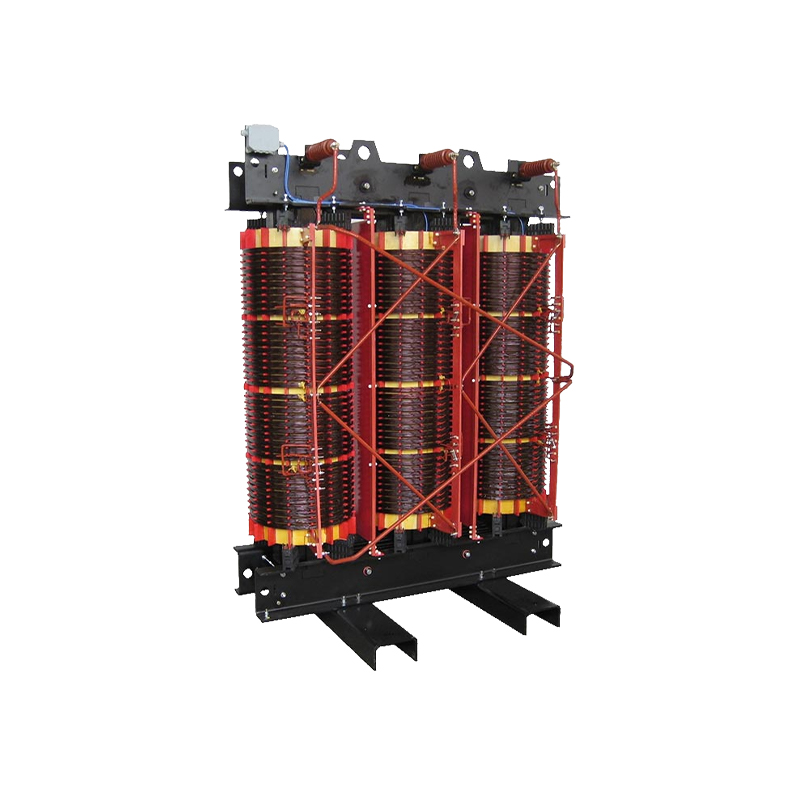50KVA Single-Phase Pole-Mounted Oil-Immersed Transformer
50KVA 34.5KV/0.48KV
See DetailsA phase-shifting pulse rectifier transformer operates under demanding electrical conditions, supplying high-power multi-pulse rectifier systems while simultaneously managing phase displacement for harmonic control. Because these transformers are essential components in medium and high voltage power conversion systems, understanding their failure risks and protection strategies is key to reliable operation. Their complex winding structures, thermal loads, and exposure to nonlinear currents mean that protective measures must go beyond standard transformer designs.
One of the most common failure points is insulation degradation, which can be accelerated by excessive temperature rise, localized hotspots, or voltage stress across interphase windings. In multi-winding phase-shifting configurations, maintaining uniform thermal performance across all secondary windings is challenging—especially under unbalanced load conditions or during startup surges. If insulation aging goes undetected, partial discharge can develop into a breakdown, particularly in dry-type transformers or those operating close to their thermal limits.
Another concern is magnetic core saturation caused by the interaction of DC components or high harmonic distortion. Since the phase-shifting pulse rectifier transformer is often tied to rectifier circuits, even small amounts of DC offset can gradually saturate the core, increasing no-load losses and causing local heating. In addition, winding eddy current losses become more severe under harmonic-rich load profiles, and if not accounted for in the design, these losses can result in unexpected heating patterns that stress winding supports and clamping structures.
Short-circuit withstand capability is also a critical design and operational concern. The dynamic forces during internal or external faults can be intense, especially in large units like a 3500KVA rectifier transformer. Axial displacement of windings, turn-to-turn flashovers, or clamping loosening may result if mechanical tolerances and insulation coordination are not carefully engineered. Protection must be both fast and selective. Differential protection relays are commonly used to detect internal faults, supported by Buchholz relays in oil-immersed designs to catch incipient issues like gas generation or oil movement.

Thermal overload protection must also be fine-tuned to the specific behavior of rectifier transformers. A phase-shifting configuration often results in winding sets experiencing different thermal loads based on the harmonic cancellation angle and load distribution. This requires the use of multiple temperature sensors and a detailed thermal model to activate alarms or trip conditions before damage occurs. Cooling systems—be they ONAN, ONAF, or water-cooled—must also be monitored to detect pump or fan failures promptly.
Overvoltage protection is another essential layer, especially during load rejections or switching operations on the medium-voltage side. Surge arresters and well-designed inter-winding shielding help reduce transient overvoltage stress. In applications using phase-shifted windings with multiple vector groups, transients can become complex, and poor damping can lead to repetitive stress on transformer insulation. Coordination of surge protection with inverter switching behavior is necessary to extend insulation life and avoid flashovers.
As a transformer manufacturer with direct application experience in high-power rectification, we don’t just build to specifications—we help customers anticipate real-world conditions. Every phase-shifting pulse rectifier transformer we design includes tailored protection recommendations based on voltage level, pulse number, cooling method, and system configuration. These are not just off-the-shelf safety layers—they’re critical components of the transformer’s longevity. If you are specifying transformers for rectifier loads, our engineering team can help you define a protection scheme that balances sensitivity, speed, and durability.
Contact Us